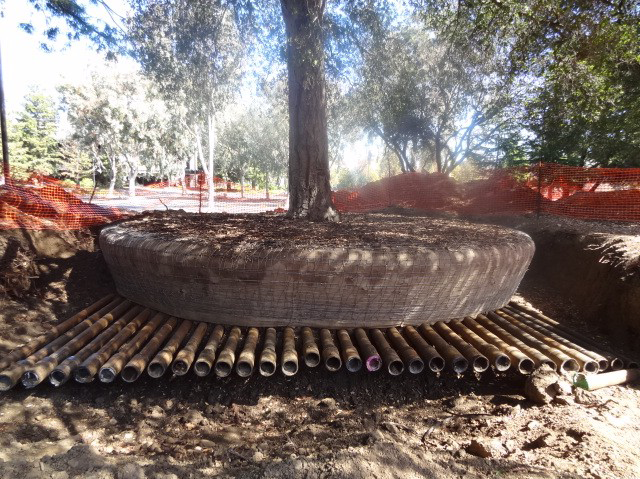We have already talked about the visitor center, tables, raids with the mayor and almost all aspects of the glorious “spaceship” that will be the new Apple campus in Cupertino. When we think that all matters related to the work have already been explored exhausted, bye-ram! Here's one more: trees.

A report by VentureBeat it brings an interesting and intriguing look at Ma's plans regarding the vegetable specimens that will inhabit her new headquarters, and, for a change, they are not at all usual or simple. Just to give you an idea, the colossal amount of 4,600 * large * trees in one cluster in a nearby city they will be transported to Cupertino, at most three (!) at a time.
Now, take the imaginary quantitative representation of the work this is going to do and multiply it by 1,000, and you will get an idea of the real (and herclean) implications that this strategy represents.
Today's we know Apple's intention to make its new campus a real forest. In 2011, in the presentation of the proposed plans for the "spaceship" of the City Council of Cupertino, Steve Jobs, in one of his last public appearances, declared that he intended to transform the 20% of the land's green area into 80% when the construction was completed. The 3,616 existing trees will become more than 8,000 when the space is inaugurated, much more than the 4,422 required by the rules of municipal urban planning.
Apple's monumental plan covers three parts: the first is to save more than 800 pre-existing trees on the ground, the healthiest and most beautiful ones and to replant them in giant boxes in clusters while construction continues. The work to move these trees, some of them huge, gigantic and can only be done with cranes and pneumatic hammers. The second part of the plan is to plant, on the land itself, almost 1,000 small and medium trees.

The third, and most important, involves more than 4,640 trees that are at different stages of growth in the clusters and will be transported to Cupertino at the right time. Many of these trees are already very large, much larger than the minimum size required for transportation, and can only be transported to their final destination three at a time in carts that should avoid urban obstacles such as poles and power lines.
If all this seems like an absurd amount of energy expended unnecessarily, think again: the reason behind all the work is Apple's desire to inaugurate its new campus with an established landscape, instead of opening it still with the trees sprouting on the ground, which would mean at least ten years of flat and no fun ground. There are also economic advantages for Ma: the soft presence of large trees from day one alleviates the need for air conditioning and heating systems, due to their natural thermal control capacity.
The other advantage, of course, is the wooded and pleasant environment provided by Apple to its employees (and visitors), which potentially inspires them to create even more successful products to further fatten their coffers. So we hope, right?
(via The Loop)
